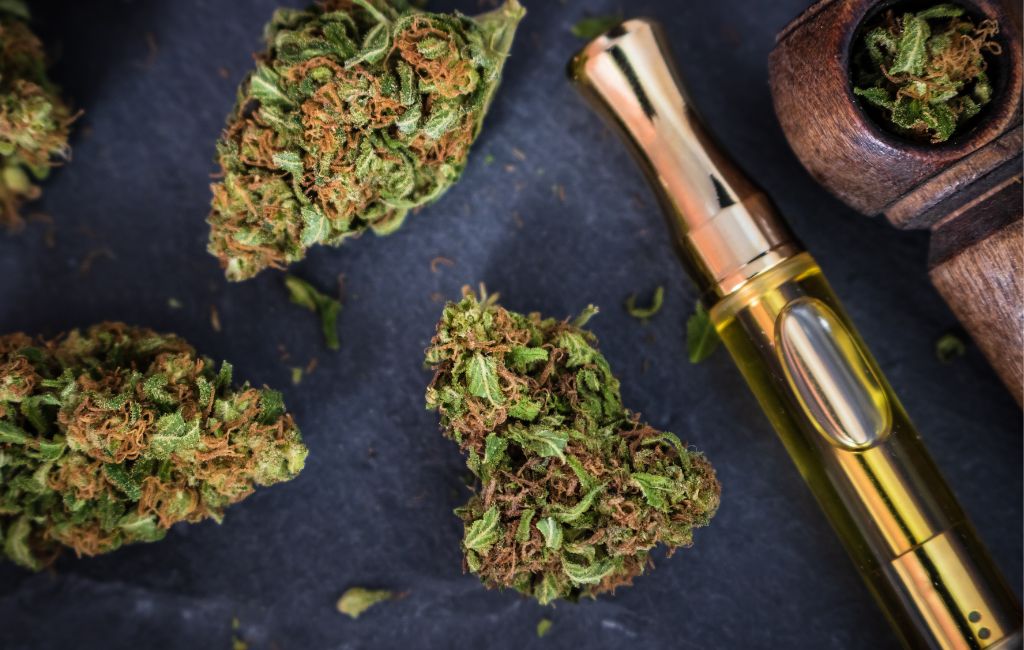The world of cannabis consumption has evolved significantly over the past few years, with vaping emerging as a popular method. This article explores the intricacies of cannabis vaping, examining its benefits, potential risks, and the technology behind it. By understanding these aspects, consumers can make informed decisions about their cannabis use.
The Rise of Cannabis Vaping
Vaping has gained traction as a preferred method for consuming cannabis, largely due to its perceived health benefits compared to traditional smoking. The process involves heating cannabis oil or flower to a temperature that releases cannabinoids and terpenes without combustion.
Popularity and Market Growth
The cannabis vape market has seen exponential growth. According to a report by Grand View Research, the global cannabis vape market size was valued at USD 10.6 billion in 2020 and is expected to expand at a compound annual growth rate (CAGR) of 28.1% from 2021 to 2028. This growth is driven by increasing legalization and the demand for smokeless consumption methods.
Consumer Preferences
- Discreetness: Vaping is less conspicuous than smoking, making it appealing for users who prefer privacy.
- Flavor: Vaping preserves the flavor profiles of cannabis strains better than combustion.
- Convenience: Vape pens are portable and easy to use, offering a hassle-free experience.
Understanding the Technology
The technology behind cannabis vapes is sophisticated, designed to optimize the delivery of active compounds. There are two main types of vaporizers: conduction and convection.
Conduction Vaporizers
These devices heat cannabis by direct contact with a heated surface. They are typically more affordable and heat up quickly, but they may not provide the most even heat distribution.
Convection Vaporizers
Convection vaporizers heat cannabis by passing hot air through it. This method offers more even heating and better flavor preservation, though these devices are often more expensive and take longer to heat up.
Benefits of Cannabis Vaping
Vaping cannabis offers several advantages over traditional smoking methods. These benefits contribute to its growing popularity among consumers.
Health Considerations
Vaping is often considered a healthier alternative to smoking. By avoiding combustion, users are exposed to fewer harmful toxins and carcinogens. A study published in the Journal of Cannabis Research found that vaporizing cannabis reduces the intake of harmful byproducts compared to smoking.
Efficiency and Dosage Control
Vaping allows for more precise dosage control, which can be beneficial for medical cannabis users. The ability to control temperature settings enables users to customize their experience and maximize the therapeutic effects of specific cannabinoids and terpenes.
Potential Risks and Concerns
Despite its benefits, cannabis vaping is not without risks. Understanding these concerns is important for making informed choices.
Health Risks
While vaping is generally considered safer than smoking, it is not entirely risk-free. The long-term health effects of vaping are still being studied. Some concerns include potential lung irritation and the presence of harmful additives in some vape products.
Quality and Regulation
The lack of standardized regulations in the cannabis industry can lead to variability in product quality. Consumers should be cautious of products containing harmful additives or contaminants. Purchasing from reputable sources and checking for third-party lab testing can mitigate these risks.
Case Studies and Statistics
Several studies and statistics provide insight into the impact of cannabis vaping on health and consumer behavior.
Case Study: The EVALI Outbreak
In 2019, the United States experienced an outbreak of e-cigarette or vaping product use-associated lung injury (EVALI). The Centers for Disease Control and Prevention (CDC) identified vitamin E acetate, an additive in some THC vape products, as a primary cause. This incident highlighted the importance of product safety and regulation.
Consumer Behavior Statistics
- A survey by New Frontier Data found that 58% of cannabis consumers in legal states have tried vaping.
- The same survey reported that 43% of consumers prefer vaping over other consumption methods.
Conclusion
Cannabis vaping offers a modern, efficient, and potentially safer alternative to traditional smoking methods. Its popularity continues to rise, driven by consumer preferences for discreetness, flavor, and convenience. However, potential health risks and quality concerns underscore the need for informed decision-making. As the industry evolves, ongoing research and regulation will play a critical role in ensuring the safety and efficacy of cannabis vape products.
